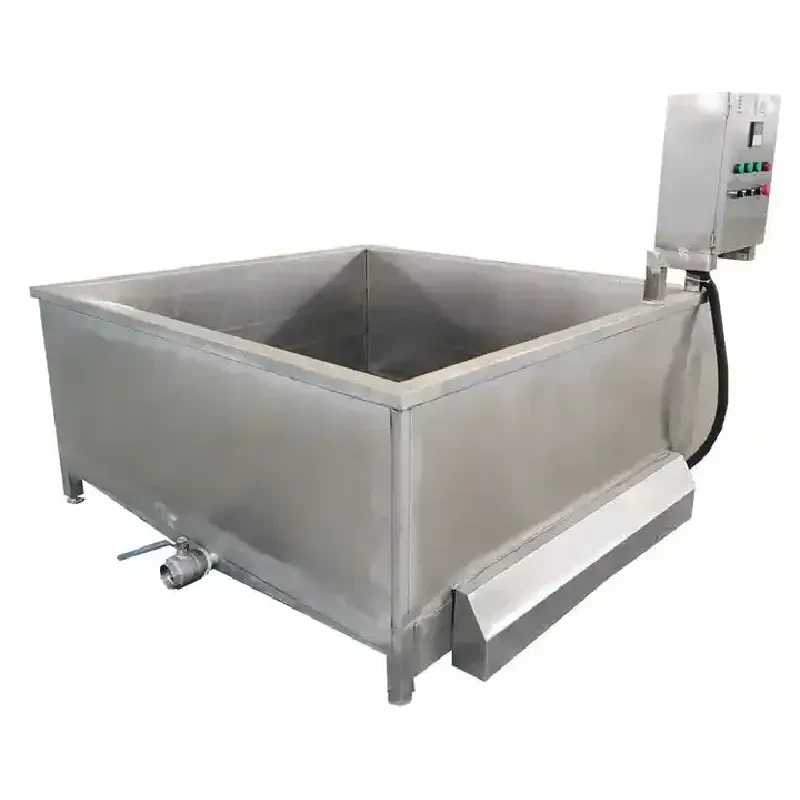evaporative cooling pads for greenhouse
Nov . 12, 2024 21:55 Back to list
evaporative cooling pads for greenhouse
Evaporative Cooling Pads for Greenhouses Enhancing Plant Growth and Sustainability
In the ever-evolving world of agriculture, optimizing conditions within greenhouses is crucial for maximizing plant health and yield. One of the most effective methods to maintain an ideal climate in these enclosed environments is the use of evaporative cooling pads. This innovative technology not only provides a means to regulate temperature but also enhances humidity levels, ensuring that plants thrive in their optimal conditions.
Understanding Evaporative Cooling
Evaporative cooling is a process that leverages the natural phenomenon of water evaporation to cool the air. It operates on the principle that when water evaporates, it absorbs heat from the surrounding air, thus reducing its temperature. This method is particularly beneficial in hot and dry climates, where traditional air conditioning systems may become inefficient or impractical due to high energy costs.
Evaporative cooling pads, typically made from materials such as cellulose or aspen wood, are designed to absorb water and provide a large surface area for evaporation. When warm air is drawn through these pads, it cools down as moisture evaporates into the air, resulting in a refreshed and more temperate atmosphere within the greenhouse.
Benefits of Using Evaporative Cooling Pads
1. Energy Efficiency One of the most compelling advantages of evaporative cooling pads is their energy efficiency. Unlike conventional cooling methods, which rely on compressors and refrigerants, evaporative cooling significantly reduces energy consumption. This not only cuts operating costs but also diminishes the greenhouse's carbon footprint, making it a more sustainable choice for modern agriculture.
2. Improved Air Quality The process of evaporation naturally adds humidity to the air, which is essential for plant growth. Many plants, especially those native to humid environments, thrive in higher humidity levels. Evaporative cooling pads help maintain optimal humidity, thus enhancing photosynthesis and overall plant vigor.
3. Cost-Effective Setup Installing evaporative cooling pads is generally less expensive than traditional air conditioning systems. They require minimal maintenance, and their operational costs are low, making them a cost-effective solution for farmers and greenhouse operators.
evaporative cooling pads for greenhouse

4. Versatility Evaporative cooling pads can be adapted to various types of greenhouses, regardless of size. Whether it's a small hobby greenhouse or a large commercial operation, these pads can be integrated into existing systems with relative ease.
5. Enhanced Plant Disposition Maintaining a stable and comfortable environment helps prevent stress-related issues in plants. Fluctuations in temperature and humidity can lead to poor growth, pest infestations, and diseases. Evaporative cooling pads mitigate these risks, promoting healthy growth and reducing crop loss.
Implementation Considerations
While the benefits of evaporative cooling pads are clear, there are important factors to consider during implementation
- Climate Suitability Evaporative cooling works best in regions with low humidity and high temperatures. In areas where the ambient humidity is already high, the effectiveness of this system can be diminished.
- Water Supply Adequate water availability is crucial for the efficient operation of evaporative cooling pads. A reliable water source should be identified to ensure that the pads remain moist and effective throughout the growing season.
- Maintenance Regular cleaning and maintenance of the cooling pads are essential to maximize their lifespan and efficiency. Periodic checks should be made to ensure that there is no buildup of debris or scale, which could hinder performance.
Conclusion
Evaporative cooling pads are a valuable addition to greenhouse management, offering an eco-friendly and cost-effective method to regulate temperature and humidity. By creating a stable environment for plants, these systems not only enhance growth but also contribute to a more sustainable agricultural practice. As the demand for efficient farming methods continues to rise, evaporative cooling technology will play an increasingly important role in the future of greenhouse agriculture, ensuring that crops can flourish even in the harshest of climates. Farmers and greenhouse operators who adopt this technology are likely to see not just increased productivity but also a step towards a more sustainable farming model.
-
Automatic Feeding Line System-Pan Feeder Nipple Drinker|Anping County Yize Metal Products Co., Ltd.
NewsJul.29,2025
-
Hot Sale 24 & 18 Door Rabbit Cages - Premium Breeding Solutions
NewsJul.25,2025
-
Automatic Feeding Line System Pan Feeder Nipple Drinker - Anping County Yize Metal Products Co., Ltd.
NewsJul.21,2025
-
Automatic Feeding Line System Pan Feeder Nipple Drinker - Anping County Yize Metal Products Co., Ltd.
NewsJul.21,2025
-
Automatic Feeding Line System - Anping Yize | Precision & Nipple
NewsJul.21,2025
-
Automatic Feeding Line System - Anping Yize | Precision & Nipple
NewsJul.21,2025






